Tel : 94870 36000, 94860 36000, 94890 36000
How to Harness the Power of Home Solar to Reduce Your Electricity Bills
Are you tired of watching your electricity bills rise every month? Harnessing the power of Home Solar can be a game-changer for homeowners looking to reduce energy costs while embracing sustainable living. As the demand for renewable energy grows, installing solar panels on your property not only helps cut down on expenses, but it also contributes to a cleaner environment.
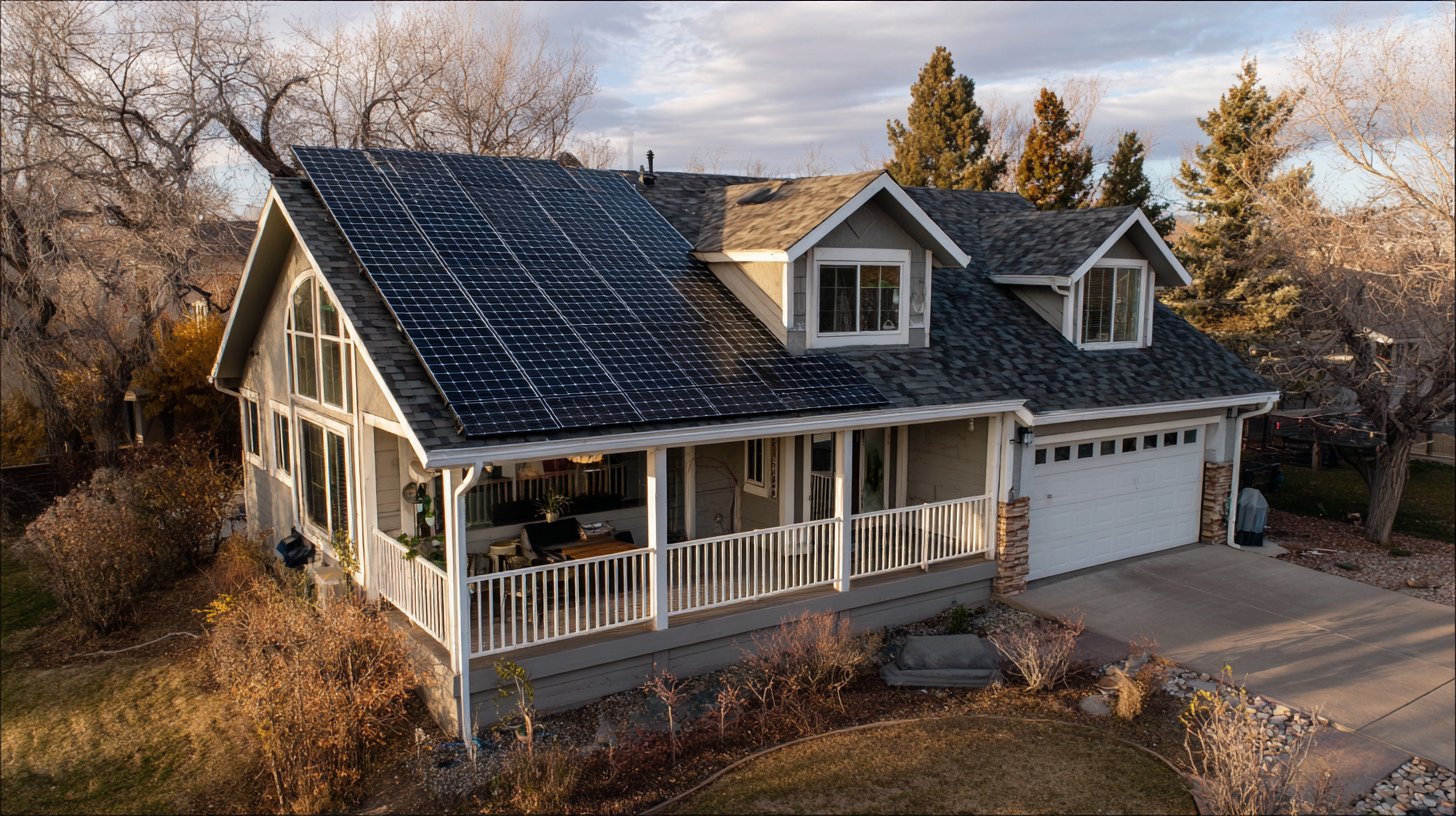
How to Harness the Power of Home Solar
In this guide, we will explore practical strategies for effectively utilizing Home Solar systems, including understanding the benefits of solar energy, assessing your energy needs, and navigating the installation process. By taking these steps, you can transform your home into a green energy powerhouse, ultimately leading to significant savings on your utility bills and a more eco-friendly lifestyle. Let’s delve into how you can unlock these advantages and take control of your energy consumption today.
Table of Contents
[Hide]
Understanding Solar Energy: Key Benefits for Homeowners and Cost Reduction
Harnessing solar energy in the home presents a significant opportunity for homeowners seeking to reduce their electricity bills and contribute to a sustainable future. According to the U.S. Department of Energy, homeowners can save an average of $1,500 annually by installing solar panels. The decreased reliance on grid energy and the potential for net metering further amplify the financial advantages, allowing homeowners to sell surplus energy back to the grid.
Tips: To maximize savings, consider conducting an energy audit to identify your household's consumption patterns. This can inform the size and capacity of the solar system you'll need. Additionally, research local solar incentives, as states and municipalities often provide rebates and tax credits that can exempt a significant portion of the initial investment.
Moreover, the Solar Energy Industries Association (SEIA) states that the price of residential solar systems has dropped by more than 70% over the last decade. This trend makes solar energy an increasingly viable option for those looking to mitigate rising electricity costs. Whether through leasing options or purchasing systems outright, the financial flexibility available to homeowners today means that now is an ideal time to explore solar energy installations.
Tips: Engage with multiple solar providers to compare quotes and financing options. Look for community solar programs if installing panels on your home is not feasible, as these initiatives allow homeowners to buy shares in a larger solar project.
The Role of Solar Panels in Reducing Electricity Bills: Statistics and Insights
The rising adoption of solar panels has proven to be a game-changer for households looking to reduce their electricity bills. Recent statistics from the Solar Market Insight Report indicate that solar energy has significantly contributed to the growth of renewable energy, accounting for a notable share of global electricity generation. By leveraging solar technology, homeowners can harness clean energy, potentially leading to savings on their monthly electricity costs. The cost of solar installations has decreased substantially, making it more accessible to a wider audience.
Moreover, advancements in battery technology are pivotal in maximizing the benefits of solar energy. Affordable energy storage options allow homeowners to store excess solar power generated during the day for use during peak demand hours, facilitating a more consistent energy supply. As solar energy production becomes more reliable and widespread, the transition towards a clean energy economy not only supports financial savings for households but also contributes to a more sustainable future. The data reveals that solar electricity can engage effectively with the daily energy needs of households, solidifying its role in modern energy management.
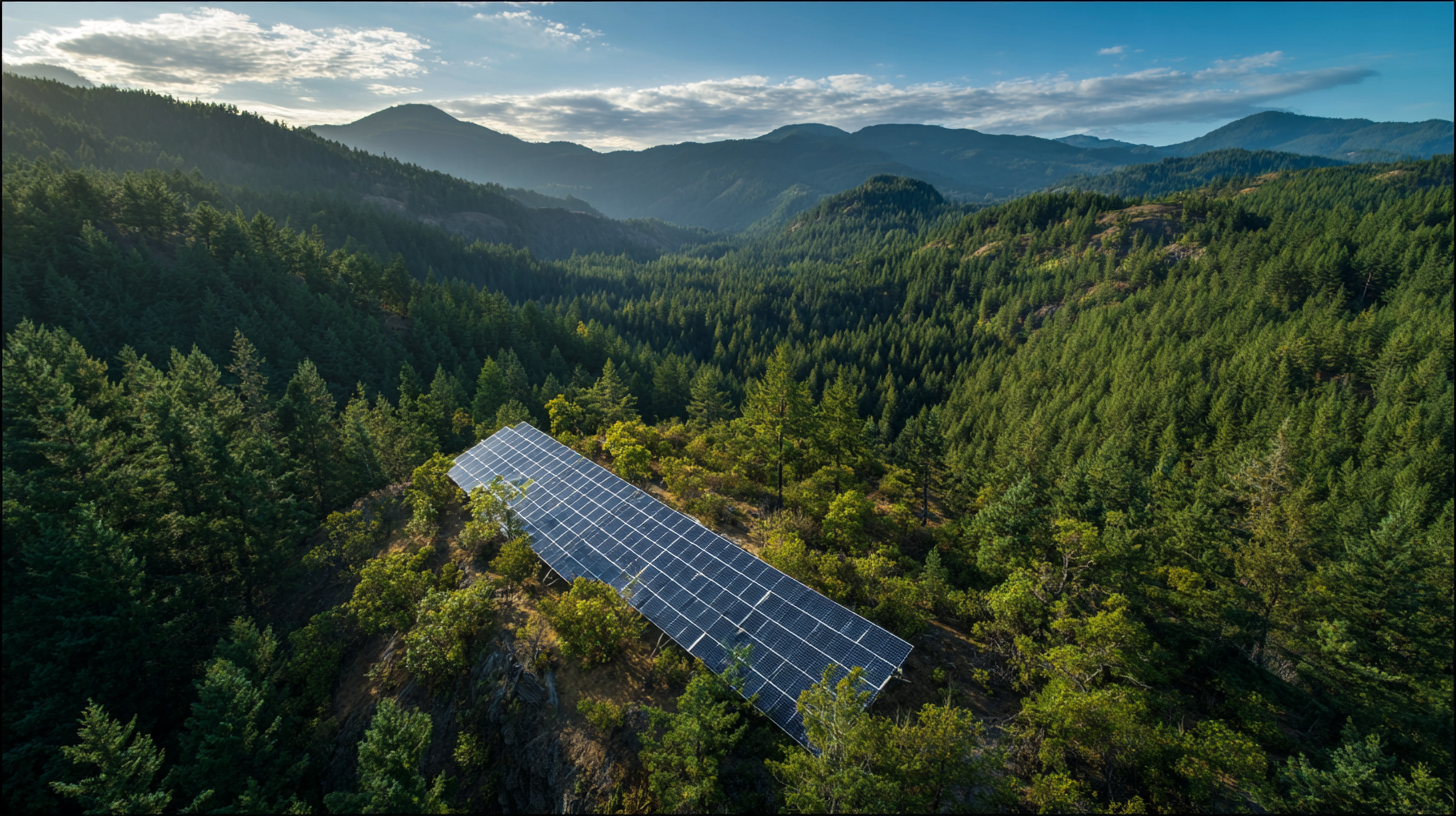
Calculating Savings: Estimating Your Home's Solar Energy Potential
When considering how to harness the benefits of home solar energy, it is essential to accurately estimate your home's solar energy potential. Start by evaluating your roof’s orientation and pitch, as the ideal position for solar panels is usually south-facing with a tilt of about 30 degrees. Environmental factors such as shade from nearby trees or buildings can significantly impact the efficiency of solar panels, so perform a thorough sunlight analysis throughout the year.
Tips for calculating your solar energy potential include using online solar calculators, which can provide a rough estimate based on your location and electricity consumption. Additionally, contact local solar providers for a professional assessment; they can conduct a site evaluation to identify any constraints and provide tailored recommendations. Keep in mind your local climate and seasonal weather variations, as these will influence your energy production.
Lastly, don't forget to consider the size of the installation needed. A common rule of thumb is that a 5kW system can produce enough electricity for an average home. By calculating your household energy requirements, you can determine the appropriate system size that maximizes savings on your electricity bills while ensuring sustainable energy use.
Estimated Savings from Home Solar Energy System
This chart illustrates the estimated savings from a home solar energy system over a six-month period. As seen, savings can increase significantly as the system becomes more efficient with consistent sunlight exposure.
Financing Your Solar Installation: Options and Incentives to Maximize Savings
When considering a solar installation, understanding your financing options is crucial to maximizing your savings. Various incentives, such as the federal solar investment tax credit (ITC), can significantly offset installation costs. According to the Solar Energy Industries Association (SEIA), homeowners can deduct 26% of their solar system cost from their federal taxes, providing a valuable financial benefit. Additionally, some states offer rebates or performance-based incentives, which can further reduce overall expenses.
Tips: Research the different financing options available, such as solar loans, leases, and power purchase agreements (PPAs). A solar loan allows you to own the system while making monthly payments, ultimately leading to greater savings. Conversely, leasing or opting for a PPA can provide immediate access to solar energy without high upfront costs, though it might result in lower long-term savings.
It’s also essential to check for local and state programs that incentivize solar adoption. For example, some areas offer specific financing programs that provide low-interest loans for solar installations, making it easier for homeowners to invest in renewable energy. By leveraging these incentives and financing options, you can make your transition to solar energy more affordable and efficient, thus helping to reduce your electricity bills.
How to Harness the Power of Home Solar to Reduce Your Electricity Bills - Financing Your Solar Installation: Options and Incentives to Maximize Savings
| Financing Options | Description | Potential Savings | Incentives Available |
|---|---|---|---|
| Cash Purchase | Paying the entire cost upfront | Up to 100% savings on electricity bills | Federal Tax Credit, State Rebates |
| Solar Loan | Financing option with fixed monthly payments | 50-90% savings, depending on the loan terms | Federal Tax Credit, Local Loans |
| Leasing | Monthly lease payments with no upfront cost | 20-50% savings on monthly bills | Tax credits typically go to the lessor |
| Power Purchase Agreement (PPA) | You pay for the energy produced at a set rate | 15-30% savings on electricity costs | Incentives depend on the provider |
Maintenance Tips for Solar Systems: Ensuring Efficiency and Longevity for Bill Reduction
Maintaining your solar system is crucial for maximizing its efficiency and longevity, which directly impacts your electricity bills. A study by the National Renewable Energy Laboratory (NREL) highlights that regular maintenance can increase a solar panel's efficiency by up to 20%. This means that a well-maintained system can provide greater energy savings, helping homeowners reduce their monthly electricity costs significantly.
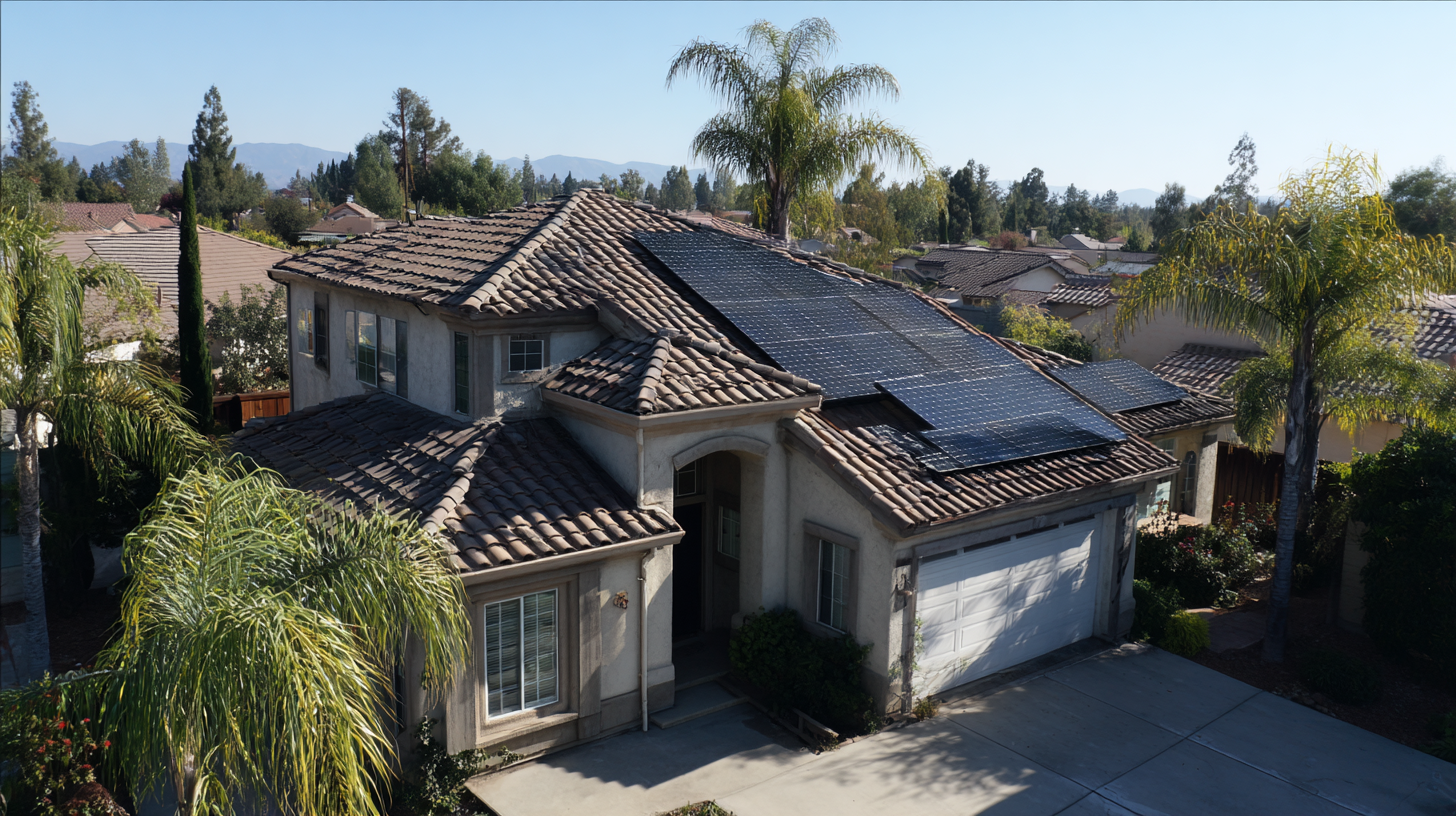
Tip: Clean your solar panels regularly to remove dirt and debris that can obstruct sunlight. Although rain can help with cleaning, it's best to manually wash them every few months to ensure they operate at peak performance. Additionally, check for any shading from nearby trees or structures, as even minimal shading can greatly affect energy output.
Another key aspect of solar system maintenance is to monitor its performance through an app or monitoring system. According to the Solar Energy Industries Association (SEIA), keeping an eye on your system's energy production can help identify issues early on. If you notice significant drops in performance, it may indicate a need for professional inspection or repairs to maintain efficiency and ensure continued savings on your electricity bills.
Related Posts
-
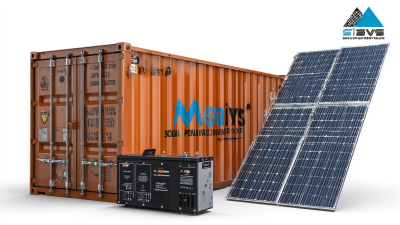
Unleashing the Power of Best Solar Power Generators A Look at Dominating Chinese Manufacturing Worldwide
-

Quality Focus Chinese Manufacturing Leading Global Exports of Best Home Solar Solutions
-

Exploring the Future of Solar Energy Innovations in 2025 with the Best Solar Panels Solutions
-
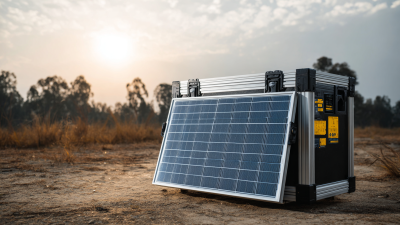
7 Compelling Reasons to Invest in a Solar Power Generator Today
-

10 Unique Insights into Off Grid Solar Power Solutions for Your Sustainable Future
-
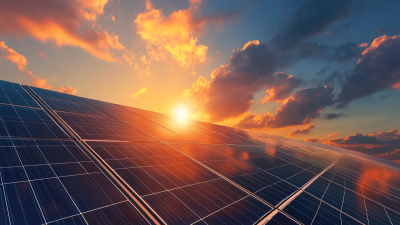
Quality That Earns Global Respect Best Solar Panels Solutions Made in China

